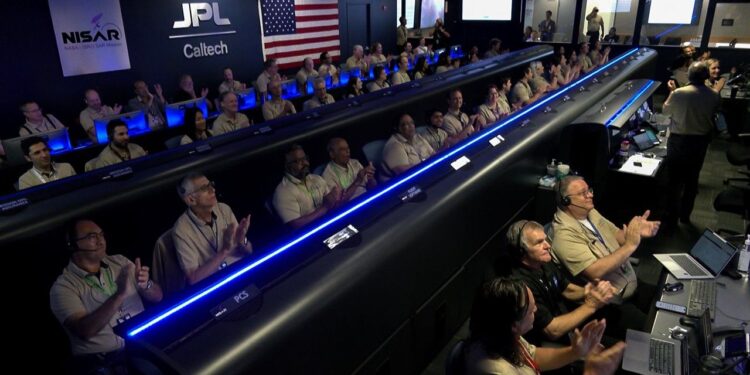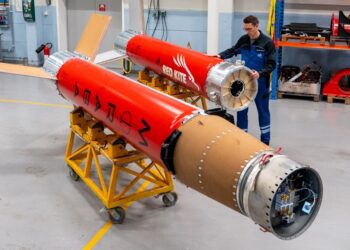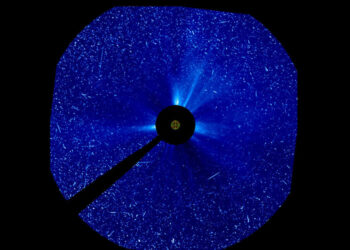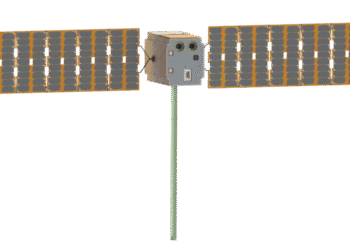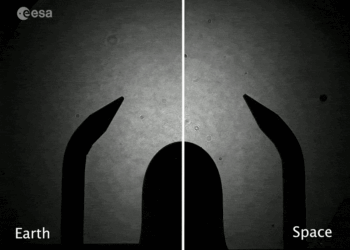The NASA-ISRO Synthetic Aperture Radar (NISAR) spacecraft has successfully separated from its rocket’s third stage, marking a significant step in a joint mission by NASA and the Indian Space Research Organisation (ISRO). This event was a critical milestone in the mission’s journey to enable a series of science investigations aimed at understanding the dynamics of Earth’s surface.
About the NISAR Mission
NISAR is a collaborative mission designed to observe some of the planet’s most complex processes using advanced radar technology. The spacecraft is intended to track changes in Earth’s surface, providing valuable data for applications such as natural disaster response, agricultural development, and climate change studies.
Significance of the Successful Separation
The separation from the third stage is crucial for allowing NISAR to proceed to the next phases of its mission. This event means the spacecraft can deploy its large radar antenna enabling it to commence testing and calibration before beginning its science operations.
Future Steps
Following this successful separation, the spacecraft will undergo a series of rigorous tests and adjustments. This includes the deployment of its 12-meter reflector antenna, which is designed to provide high-resolution, quality data across the globe. The mission team will ensure that all systems are functioning properly before NISAR begins its primary mission of data collection.
For more details about NISAR and the ongoing collaboration between NASA and ISRO, you can visit the official NASA blog.


